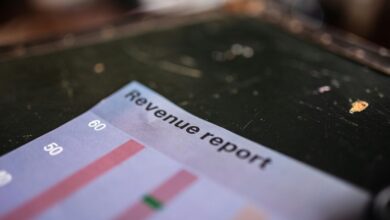Global Caller Verification Research Alliance 4175221284 4152001748 8325212001 8337192991 4805306022 2676271705

You might not realize that phone scams have surged by over 50% in recent years, posing significant risks to consumers. The Global Caller Verification Research Alliance, which includes key numbers like 4175221284 and 4152001748, is actively addressing this challenge. By leveraging technologies such as biometric authentication and machine learning, the alliance aims to establish a secure communication framework. What innovative strategies are they employing to enhance caller verification and protect users from fraudulent activities?
Understanding the Importance of Caller Verification
As the reliance on telecommunications continues to grow, understanding the importance of caller verification becomes crucial for both businesses and consumers.
Caller trust hinges on effective verification methods that authenticate identities. By implementing robust systems, you can mitigate risks associated with fraud and enhance communication integrity.
Prioritizing caller verification not only protects your interests but also fosters a more secure environment for all participants in the telecom landscape.
Innovative Technologies in Caller Authentication
While traditional methods of caller authentication have served their purpose, emerging innovative technologies are reshaping the landscape of caller verification.
Biometric authentication, utilizing fingerprints and voice recognition, enhances security by ensuring the caller’s identity.
Additionally, machine learning algorithms analyze patterns to detect anomalies in call behavior, improving the accuracy of verification processes.
These advancements empower users, fostering trust in communication technologies.
The Role of Collaboration in Reducing Phone Scams
Collaboration among telecom providers, government agencies, and technology companies is crucial in the fight against phone scams.
By implementing collaborative strategies, you can enhance caller verification systems and ensure greater accountability.
Community engagement serves as a vital component, empowering users to report suspicious activities.
Together, these efforts create a robust defense against scammers, fostering a more secure communication environment for everyone involved.
Future Prospects for Safer Communication
With advancements in technology continually reshaping communication, the future of safer interactions hinges on the integration of sophisticated caller verification systems.
Artificial intelligence will enhance these systems by analyzing patterns and flagging potential threats in real-time.
As consumer awareness grows, you’ll become empowered to recognize legitimate calls, fostering a more secure environment where trust in communication can thrive and scammers find it increasingly difficult to operate.
Conclusion
In a world where your phone can either connect you to loved ones or expose you to scams, the Global Caller Verification Research Alliance stands at the forefront of change. By leveraging biometric authentication and machine learning, it’s not just about enhancing security; it’s about restoring trust in communication. As telecom providers and tech companies unite, the future promises a landscape where legitimate calls are easily recognized, allowing you to focus on meaningful connections rather than dodging fraud.




